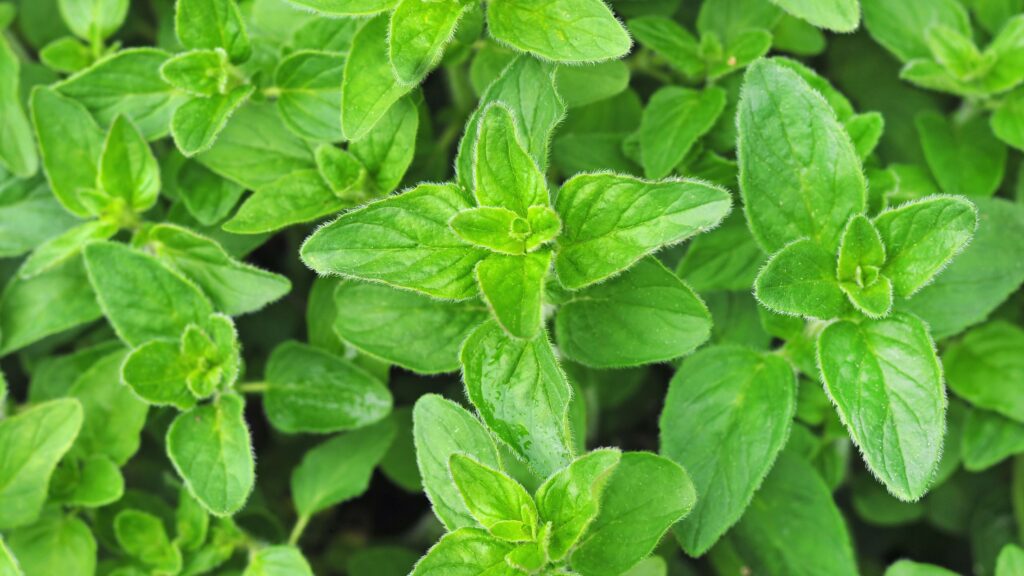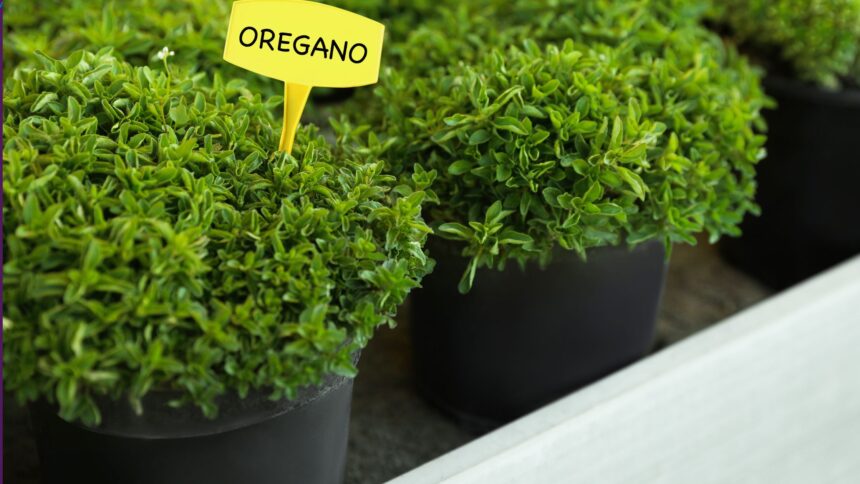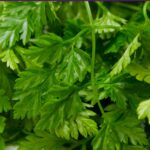Oregano is a beloved herb known for its aromatic, slightly bitter flavor that adds depth to a variety of culinary dishes. Whether you’re a seasoned gardener or a novice looking to start your herb garden, growing oregano can be a rewarding and straightforward endeavor. This article provides comprehensive information about planting oregano, ensuring you have all the tips and tricks necessary for a successful harvest.
Understanding Oregano

Before diving into the specifics of planting oregano, it’s essential to understand what makes this herb so special. Oregano (Origanum vulgare) is a perennial herb in the mint family, native to the Mediterranean region. It thrives in warm, sunny climates and is a staple in Italian, Greek, and Mexican cuisines. There are several varieties of oregano, including Greek oregano (Origanum heracleoticum) and Italian oregano, each with its unique flavor profile and growing requirements.
Choosing the Right Variety
When planning to grow oregano, the first step is to choose the right variety for your needs. Here are a few popular types:
- Greek Oregano (Origanum heracleoticum): Known for its robust flavor, Greek oregano is a favorite for culinary uses.
- Italian Oregano: A hybrid of oregano and marjoram, offering a milder taste suitable for a variety of dishes.
- Mexican Oregano (Lippia graveolens): Though not a true oregano, this herb has a similar flavor and is commonly used in Mexican cuisine.
Consider your culinary preferences and climate when selecting the variety to ensure optimal growth and flavor.
Preparing the Soil
Oregano is a hardy herb that thrives in well-drained, slightly alkaline soil with a pH between 6.0 and 8.0. Here’s how to prepare the soil for planting:
- Choose a Sunny Spot: Oregano requires full sun to develop its full flavor. Select a location in your garden that receives at least 6-8 hours of direct sunlight daily.
- Improve Soil Drainage: If your soil is heavy clay or tends to retain water, amend it with sand or grit to enhance drainage. Oregano does not tolerate waterlogged soil.
- Add Organic Matter: Incorporate compost or well-rotted manure into the soil to improve its fertility and structure. This organic matter will provide essential nutrients and help retain moisture.
Planting Oregano
Starting from Seeds
Growing oregano from seeds is cost-effective and allows for a wider variety selection. Here’s a step-by-step guide:
- Sow Seeds Indoors: Start seeds indoors 6-10 weeks before the last frost date. Fill seed trays with a light, well-draining potting mix.
- Sow Seeds Sparingly: Scatter seeds on the surface and cover them lightly with a thin layer of potting mix. Oregano seeds are tiny, so avoid planting them too deep.
- Provide Light and Water: Place the trays in a warm, sunny spot or under grow lights. Keep the soil consistently moist but not waterlogged.
- Transplant Seedlings: Once seedlings have developed a few sets of true leaves and the danger of frost has passed, transplant them outdoors, spacing them about 12 inches apart.
Planting from Cuttings
Oregano can also be propagated from cuttings, which is faster than growing from seeds and ensures the new plants will be true to the parent plant.
- Take Cuttings: In early spring or summer, cut 4-6 inch stems from a healthy oregano plant just below a leaf node.
- Prepare Cuttings: Remove the lower leaves from the stem, leaving only a few at the top.
- Root in Water or Soil: Place the cuttings in a glass of water or directly into a pot filled with a light, well-draining potting mix. If rooting in water, change the water regularly.
- Transplant Rooted Cuttings: Once the cuttings develop strong roots, transplant them into your garden or larger pots.
Direct Planting
If you live in a warm climate, you can plant oregano seeds directly in the garden after the last frost. Clear the area of weeds, rake the soil to a fine texture, and sow the seeds as described above.
Caring for Oregano
Oregano is a low-maintenance herb, but a few care tips will ensure a healthy, productive plant:
- Watering: Oregano is drought-tolerant and prefers to dry out between waterings. Water deeply but infrequently, allowing the soil to dry out between watering sessions.
- Fertilizing: Oregano doesn’t require much fertilization. Over-fertilizing can reduce the plant’s aromatic oils, diminishing its flavor. Apply a balanced, all-purpose fertilizer sparingly if needed.
- Pruning: Regular pruning encourages bushier growth and prevents the plant from becoming leggy. Trim the stems back by one-third after harvesting to promote healthy growth.
Harvesting Oregano
Knowing when and how to harvest oregano is crucial to enjoying its vibrant flavors in your culinary creations.
Timing the Harvest
- Best Time to Harvest: The best time to harvest oregano is in the morning after the dew has dried but before the heat of the day sets in. This is when the essential oils in the leaves are at their peak.
- Before Flowering: For the most intense flavor, harvest oregano just before the plant starts to flower. Once flowering begins, the leaves can become slightly bitter.
Harvesting Techniques
- Cutting Stems: Using sharp scissors or pruning shears, cut stems about 2-3 inches above the ground. Avoid cutting too close to the base to ensure the plant continues to grow.
- Frequency: Regular harvesting encourages more growth. You can harvest oregano several times throughout the growing season.
Drying and Storing Oregano
Drying oregano is a great way to preserve its flavor for use throughout the year.
Drying Methods
- Air Drying: Bundle a few stems together and hang them upside down in a dark, well-ventilated area. This method can take 1-2 weeks.
- Using a Dehydrator: If you prefer a faster method, use a food dehydrator set to a low temperature. This typically takes a few hours.
- Oven Drying: Spread the leaves on a baking sheet and place them in the oven at the lowest temperature setting. Leave the oven door slightly open to allow moisture to escape.
Storing Dried Oregano
- Crumble and Store: Once the leaves are dry, crumble them into small pieces and store them in an airtight container. Keep the container in a cool, dark place to preserve the flavor.
- Labeling: Don’t forget to label your containers with the date to ensure you use the oldest herbs first.
Common Pests and Diseases
Oregano is generally resistant to many pests and diseases, but it’s still important to be vigilant.
Pests
- Aphids: These tiny insects can be managed by spraying the plants with a strong stream of water or using insecticidal soap.
- Spider Mites: These pests thrive in dry conditions. Regular misting of the plants can help keep them at bay.
Diseases
- Root Rot: This can occur if the soil is too wet. Ensure proper drainage and avoid overwatering.
- Powdery Mildew: This fungal disease appears as a white powdery coating on the leaves. Improve air circulation around the plants and avoid overhead watering to prevent it.
Companion Planting with Oregano
Oregano is not just beneficial in the kitchen but also in the garden. It can act as a natural pest repellent and improve the growth of other plants.
Best Companions
- Tomatoes: Oregano’s strong scent can deter pests that typically target tomatoes.
- Basil: These two herbs grow well together and can enhance each other’s flavor.
- Peppers: Like tomatoes, peppers benefit from oregano’s pest-repelling properties.
Plants to Avoid
- Cucumbers: Oregano can stunt the growth of cucumber plants if planted too close.
- Mint: Both are from the mint family, and planting them together can lead to competition for resources.
Growing Oregano in Containers
If you don’t have garden space, oregano can be successfully grown in containers. Here’s how:
- Choosing the Right Container: Select a pot with good drainage holes. A 10-12 inch pot is ideal for a single oregano plant.
- Potting Mix: Use a well-draining potting mix. Adding some sand or perlite can improve drainage.
- Watering: Container plants may need more frequent watering than garden plants. Check the soil regularly and water when the top inch is dry.
Overwintering Oregano
In colder climates, oregano may need some protection to survive the winter.
Indoor Overwintering
- Potted Plants: If your oregano is in a pot, bring it indoors before the first frost. Place it in a sunny window and reduce watering.
- Garden Plants: Mulch heavily around the base of the plant to protect the roots from freezing temperatures.
Outdoor Overwintering
- Mulching: Apply a thick layer of mulch or straw around the plants to insulate them.
- Cold Frames: For additional protection, consider using cold frames or cloches.
Benefits of Growing Oregano
Culinary Uses
Oregano’s robust flavor makes it a versatile herb in the kitchen. It’s a key ingredient in many dishes, including:
- Pasta Sauces: Adds depth to marinara and other tomato-based sauces.
- Pizza: A classic topping that pairs well with cheese and tomato.
- Grilled Meats: Enhances the flavor of lamb, chicken, and beef dishes.
- Salads: Fresh oregano leaves can add a burst of flavor to salads and vinaigrettes.
Medicinal Uses
Oregano has been used for its medicinal properties for centuries. It’s known for:
- Antioxidant Properties: Oregano is rich in antioxidants, which help combat free radicals in the body.
- Antimicrobial Effects: The essential oils in oregano have antimicrobial properties that can help fight off infections.
- Digestive Aid: Oregano can help stimulate appetite and aid in digestion.
- Anti-inflammatory: Oregano oil is known for its anti-inflammatory properties, which can help with conditions like arthritis.
Environmental Benefits
- Pollinator-Friendly: Oregano flowers attract bees, butterflies, and other pollinators, which are essential for a healthy garden ecosystem.
- Companion Planting: As mentioned earlier, oregano can improve the health and growth of neighboring plants by repelling harmful pests.
Troubleshooting Common Issues
Even with the best care, you might encounter some challenges when growing oregano. Here’s how to address them:
Leggy Growth
- Lack of Sunlight: Ensure your oregano gets plenty of sunlight. Move it to a sunnier spot if necessary.
- Overcrowding: Thin out plants if they are too close together to improve air circulation and light penetration.
Yellowing Leaves
- Overwatering: Check the soil drainage. Allow the soil to dry out between waterings.
- Nutrient Deficiency: Although oregano doesn’t need much fertilization, an occasional balanced fertilizer can help if the soil is particularly poor.
Poor Flavor
- Excessive Fertilization: Avoid over-fertilizing, as this can reduce the essential oils that give oregano its flavor.
- Harvesting Timing: Harvest just before flowering to ensure the best flavor.
Growing Oregano Indoors
If you don’t have outdoor space or live in a climate unsuitable for oregano, you can grow it indoors.
Indoor Growing Tips
- Light: Oregano needs at least 6 hours of sunlight daily. Place it in a south-facing window or use grow lights.
- Watering: Indoor plants may need more frequent watering due to indoor heating and air conditioning. Keep the soil moderately moist.
- Humidity: Indoor air can be dry, especially in winter. Mist the plants occasionally or use a humidity tray to maintain the right level of moisture.
Using Oregano in Cooking
Once you’ve grown and harvested your oregano, it’s time to enjoy it in the kitchen.
Fresh vs. Dried Oregano
- Fresh Oregano: Adds a bright, intense flavor. Use it in salads, marinades, and as a finishing herb.
- Dried Oregano: Has a more concentrated flavor. It’s perfect for long-cooking dishes like soups, stews, and sauces.
Cooking Tips
- Flavor Pairings: Oregano pairs well with garlic, basil, thyme, and rosemary.
- Storing Fresh Oregano: Keep fresh oregano in the refrigerator wrapped in a damp paper towel or in a glass of water.
- Infusing Oils and Vinegars: Fresh oregano can be used to infuse oils and vinegars, adding a gourmet touch to your kitchen.
Conclusion
Growing oregano can be a delightful and gratifying experience. This hardy herb is not only easy to grow but also incredibly versatile in the kitchen. By following the guidelines on selecting the right variety, preparing the soil, planting, and caring for oregano, you can enjoy a bountiful harvest of this aromatic herb.
Whether you choose to grow oregano in your garden, in containers, or even indoors, the effort you put into cultivating this herb will be rewarded with its rich flavors and numerous health benefits. By understanding the intricacies of planting, maintaining, and using oregano, you can ensure a thriving herb garden that enhances your culinary creations and contributes to your well-being.
Remember, the key to successful oregano cultivation lies in understanding its needs and providing the right conditions for growth. With the information provided in this article, you’re well-equipped to embark on your journey of growing oregano, bringing the vibrant taste and aroma of this Mediterranean herb into your home.




